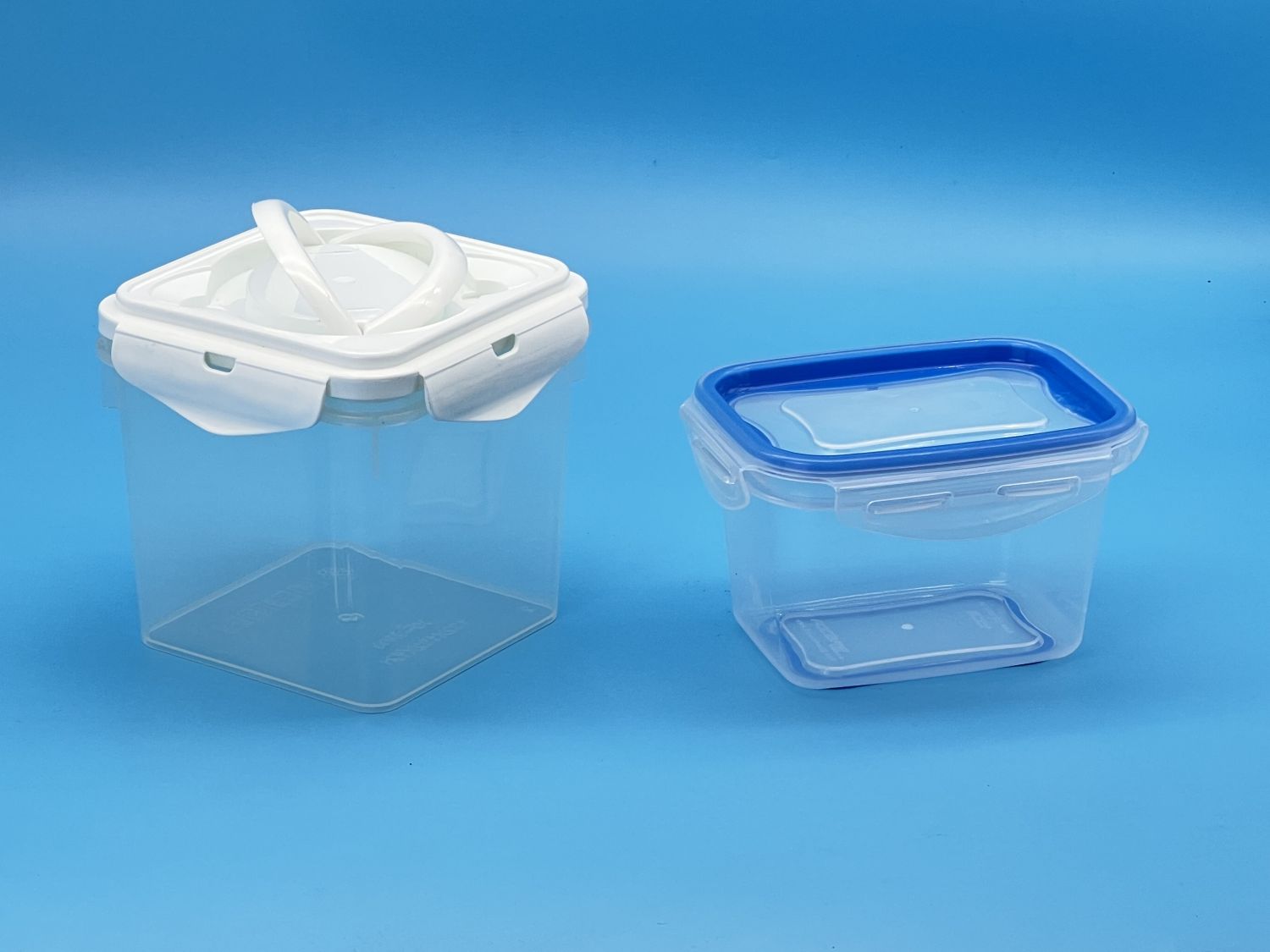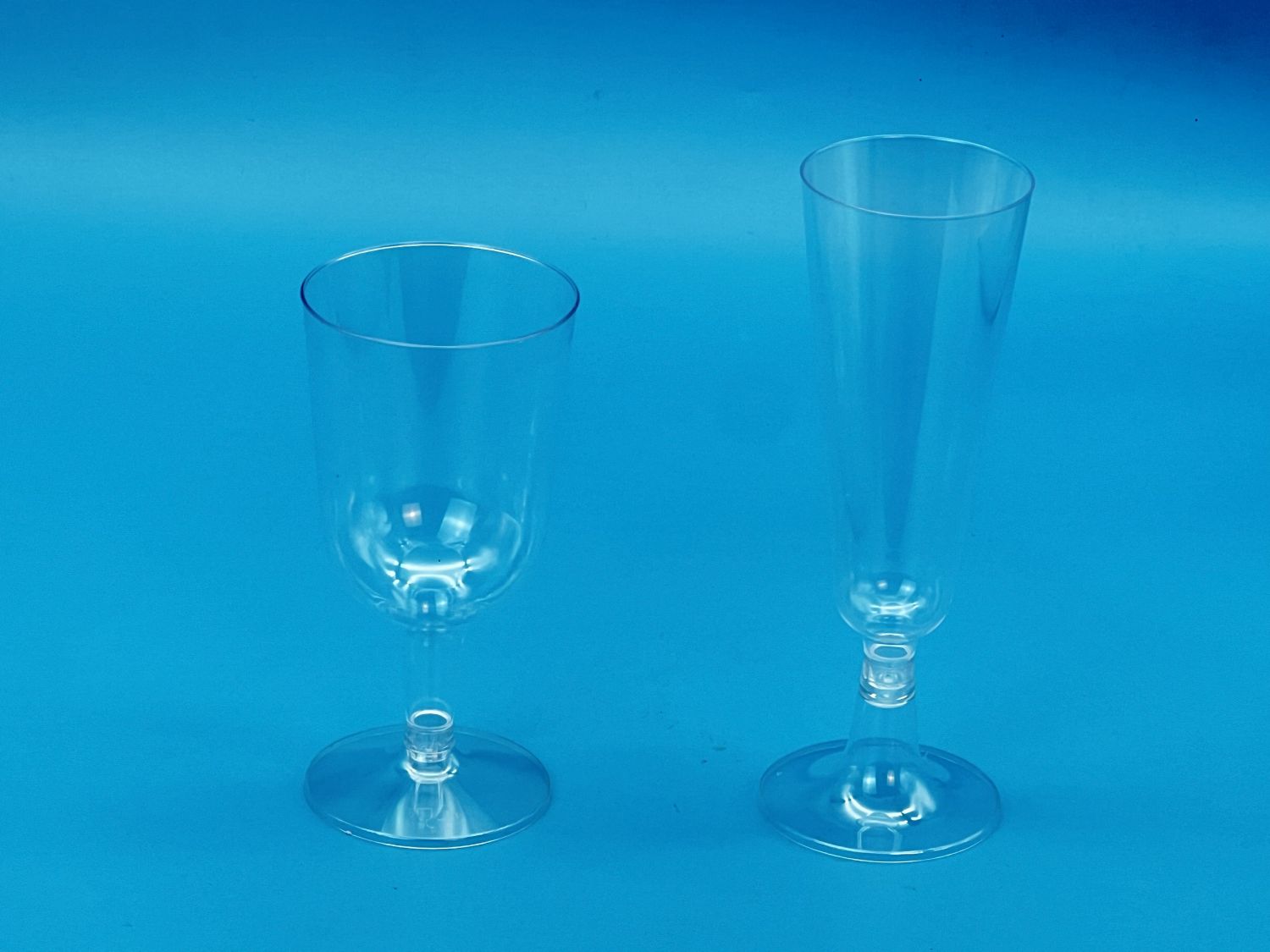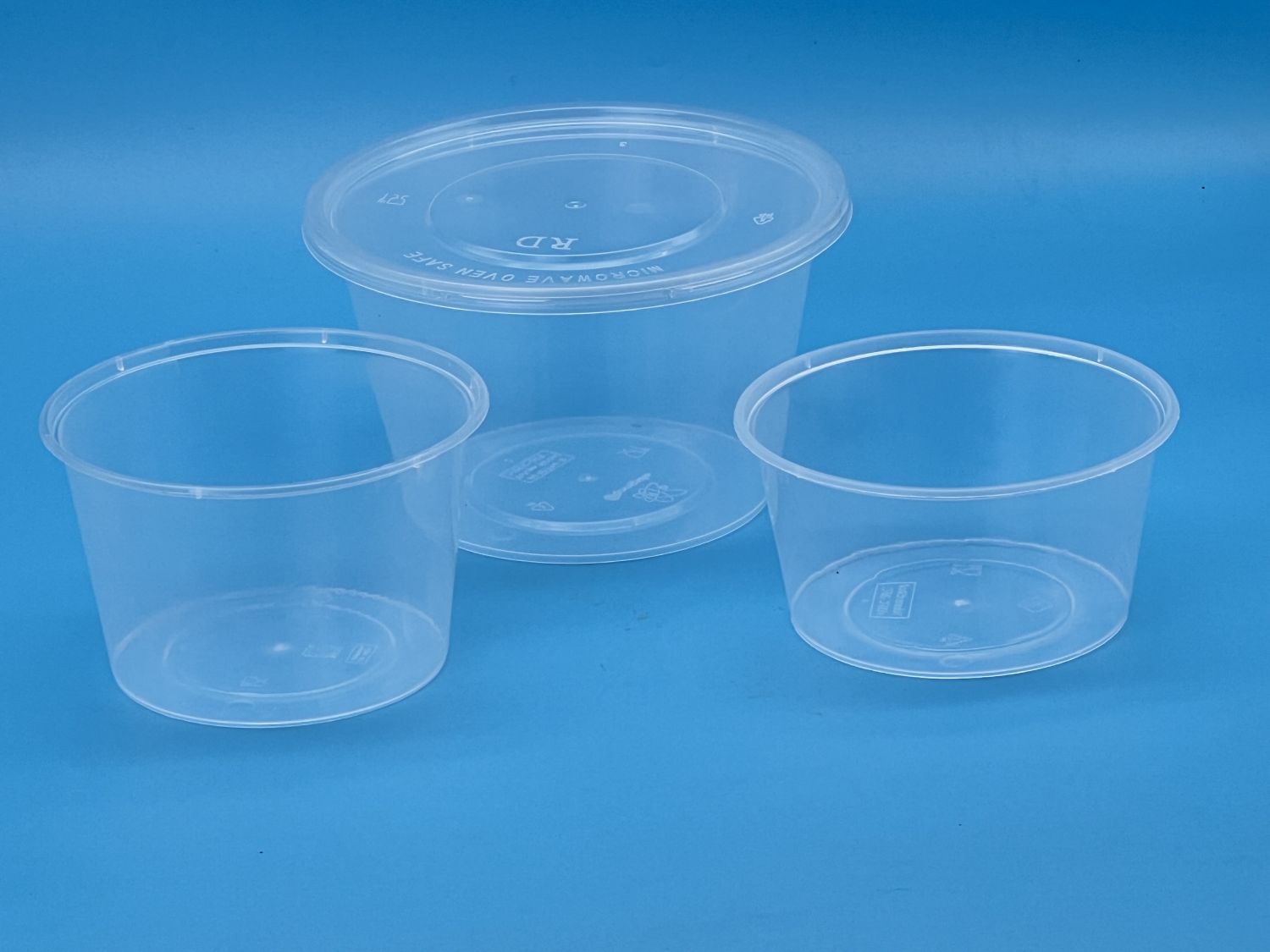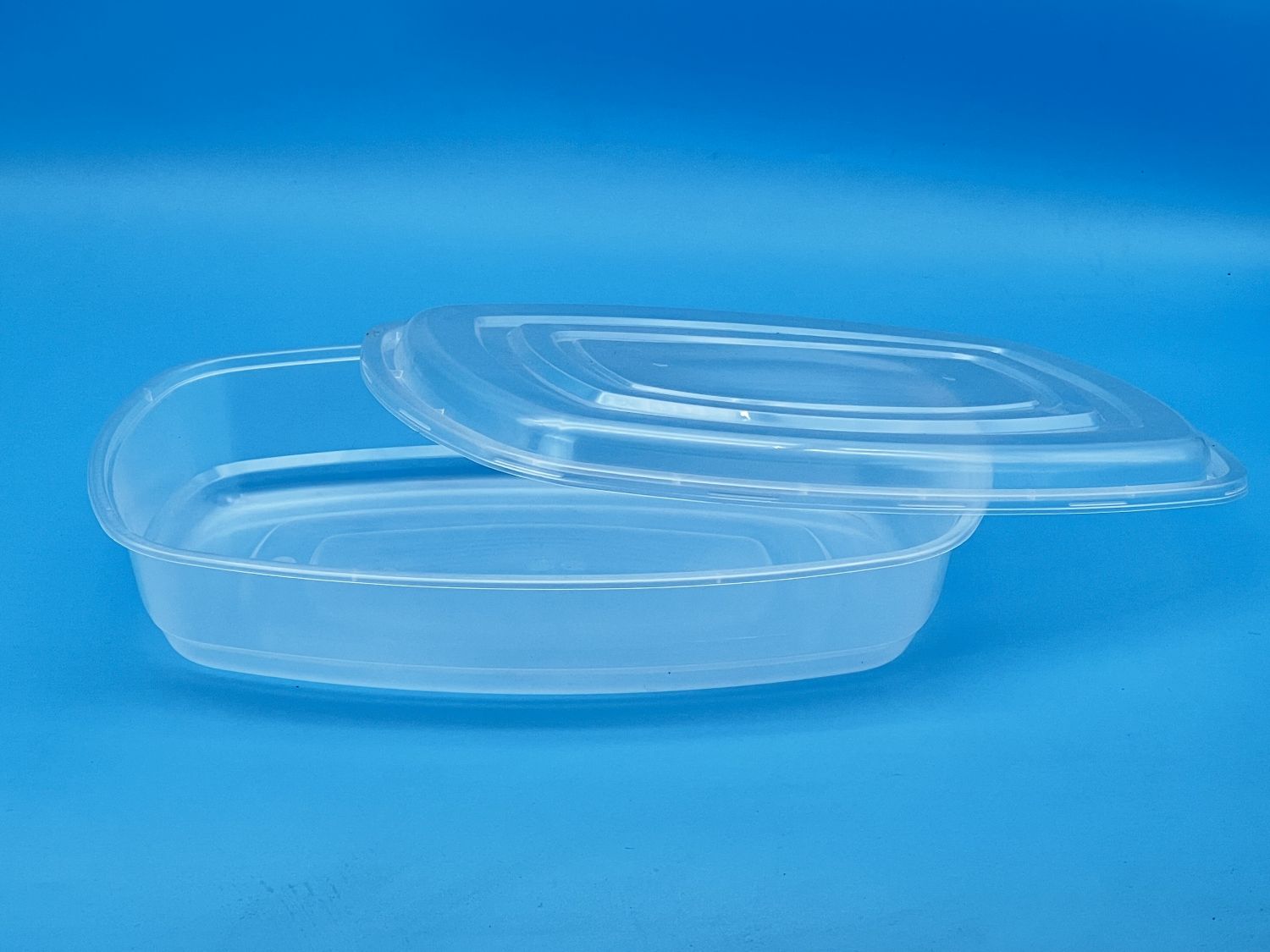
Why Is Thin-Wall Molding Becoming the Future of the Food Packaging Industry?
2025-11-14
In our previous blogs, we explored everything from material selection (PP vs PS) to troubleshooting thin-wall molding issues. But as many customers continue to ask us why thin-wall molds are booming across the global food packaging market, it’s worth diving deeper into this topic.
After all, thin-wall molding isn’t just a trend — it’s reshaping how manufacturers design, produce, and scale modern food packaging.
1. Faster Production Cycles Mean Lower Costs
One of the biggest reasons thin-wall molding is rising in popularity is speed.
Because the wall thickness is reduced, the plastic cools faster, meaning each cycle is significantly shorter.
-
Shorter cooling time
-
Higher output per hour
-
Lower energy consumption
For large-volume products like PP round food containers, PS disposable cups, and fast-moving IML packaging, this speed advantage translates directly into reduced manufacturing cost.
And honestly, who doesn’t want to save money in production? It’s a pretty big deal for many customers.
2. Material Savings Without Sacrificing Strength
Another major benefit: less material used = more cost savings.
Modern thin-wall molds are carefully engineered so that even with reduced wall thickness, the structure stays strong enough for practical use.
For example:
-
PP thin-wall containers can still handle high-temperature food applications.
-
PS champagne flutes molds maintain rigidity and clarity even with thin walls.
-
Rice husk eco packaging achieves lightness without feeling flimsy.
This balance between strength and lightness is one reason brands continue shifting to thin-wall solutions.
3. More Sustainable Packaging Options
As we discussed in earlier blogs — especially the one about Rice Husk Mold — sustainability is now a major concern for modern consumers.
Thin-wall molding reduces:
-
Plastic consumption
-
Material waste
-
Transportation weight
-
Carbon footprint
When combined with eco-material options such as biodegradable rice husk composites, thin-wall designs instantly become a greener choice for food packaging brands aiming for sustainability.
So yeah, if your customers care about the environment (and many do), thin-wall packaging is a smart direction.
4. More Flexibility for Modern Packaging Designs
Whether you are creating:
-
a premium IML yogurt cup,
-
a crystal-clear PS dessert cup, or
-
a sturdy PP lunch box,
thin-wall molding offers excellent design freedom.
Why?
Because thinner walls allow:
-
More complex geometries
-
Faster filling and cooling
-
Better compatibility with branding techniques (like IML)
-
Lightweight packaging that still feels premium in hand
Brand owners love this flexibility — especially when they want their packaging to stand out on shelves.
5. Perfect Fit for High-Demand Markets
From supermarkets to take-out restaurants, the demand for food packaging continues to grow rapidly.
Thin-wall products meet this demand with:
-
High-volume production efficiency
-
Consistent quality
-
Lower costs for both manufacturers and buyers
This explains why the U.S., Europe, and Southeast Asia are seeing strong growth in thin-wall packaging — and also why many customers come to Baolin Mould for high-speed thin-wall mold solutions.
6. It Works with Multiple Materials
The future of food packaging is not just about speed — it’s also about material variety.
Thin-wall molding supports all major packaging materials, including:
-
PP (heat-resistant, food-safe)
-
PS (clear, rigid, ideal for drinkware)
-
IML-compatible PP (for aesthetic packaging)
-
Eco-friendly rice husk composites
As we mentioned in earlier blogs, each material has unique benefits — and thin-wall technology helps manufacturers maximize those benefits.
7. Supported by Advanced Mold Technology
Modern mold makers, like Baolin Mould, now use advanced tools such as:
-
Mold flow simulation
-
High-speed steel
-
Precision CNC machining
-
Hot runner technology
-
Polished cavity surfaces
These innovations are what make high-speed thin-wall molding stable, reliable, and efficient.
Without advanced mold design, achieving thin-wall production is almost impossible — which is why choosing the right supplier matters so much.
The future of food packaging is moving fast — lighter, greener, and more efficient.
Thin-wall molding checks all the boxes:
-
Cost-effective
-
Eco-friendly
-
Customer-friendly
-
Brand-friendly
-
Scalable
And as you’ve seen from our previous blogs on PP vs PS, IML innovation, and Rice Husk sustainability, thin-wall molding ties everything together into one powerful manufacturing strategy.
If your business is preparing to upgrade your packaging line, thin-wall molding isn’t just an option — it’s the smarter direction for long-term success.
And as always, an experienced China mold manufacturer and supplier like Baolin Mould is here to provide high-quality thin-wall solutions from design to delivery.







